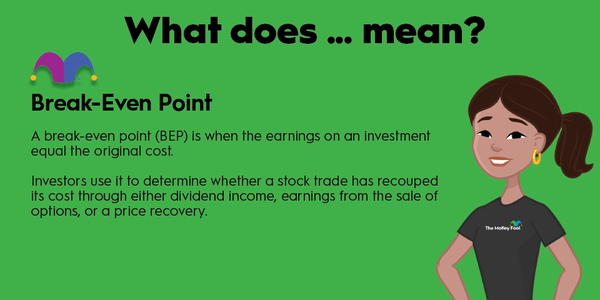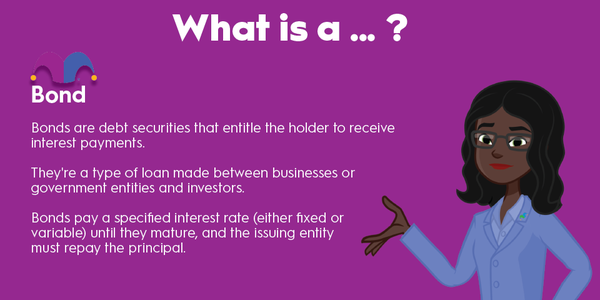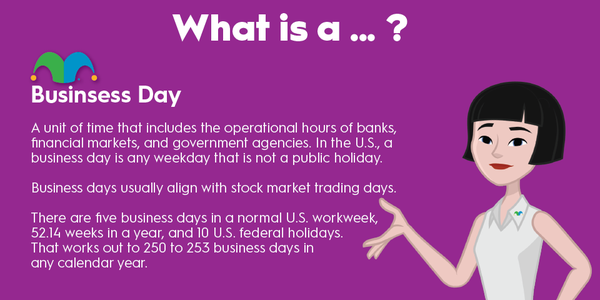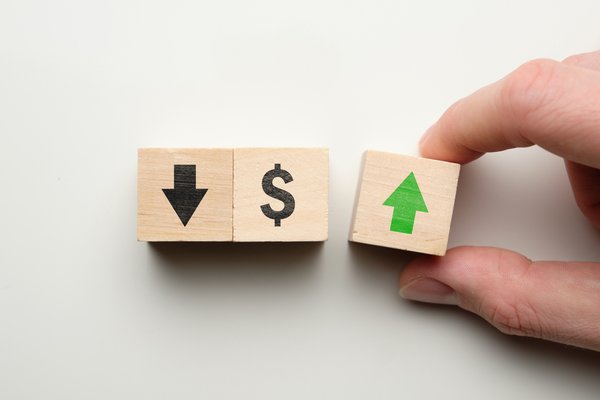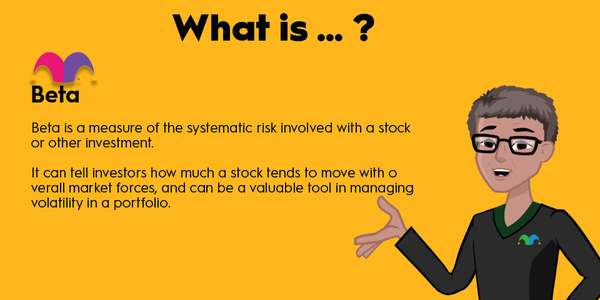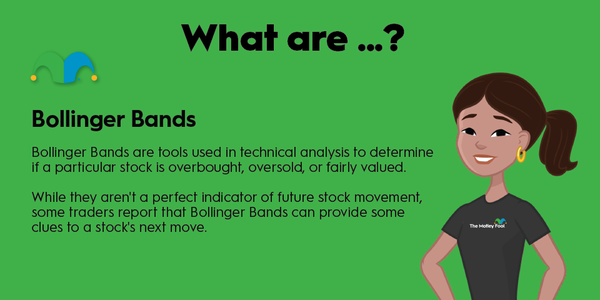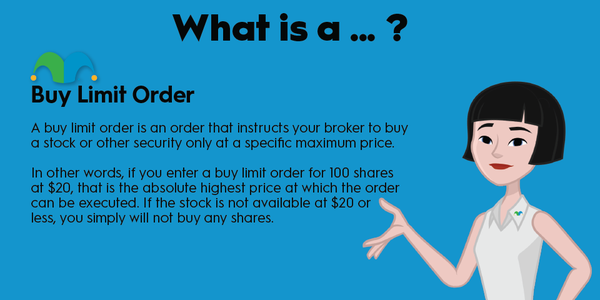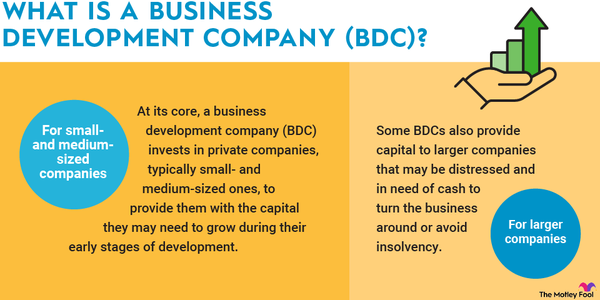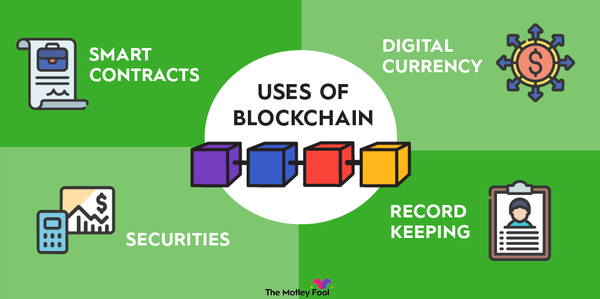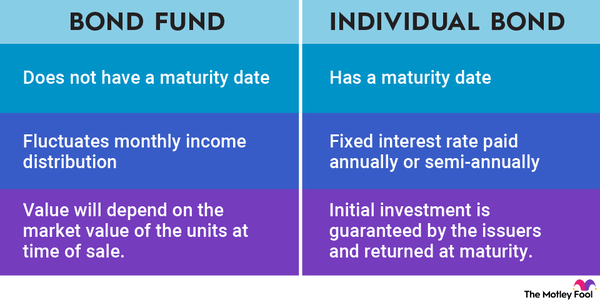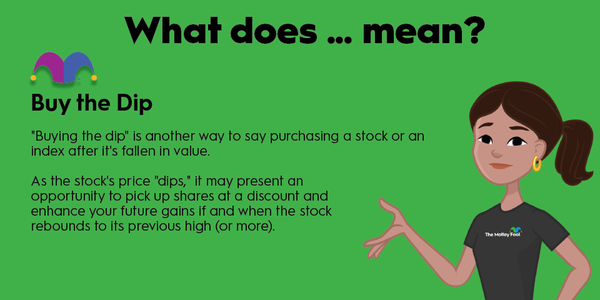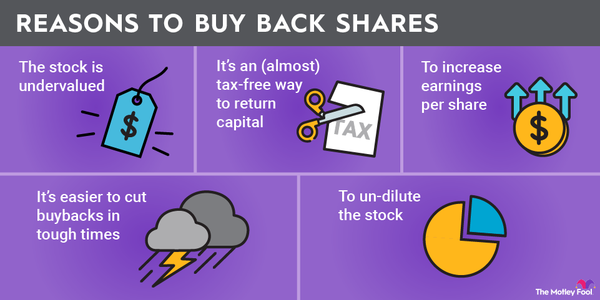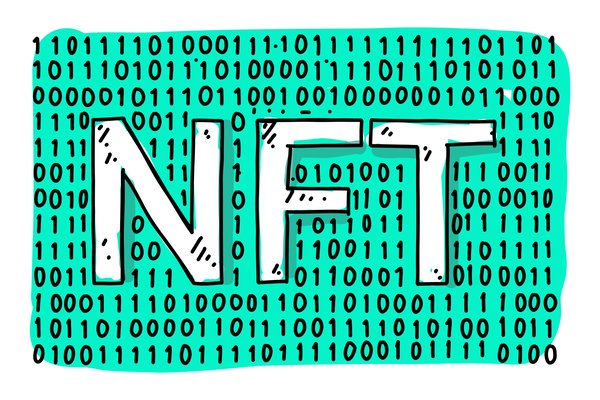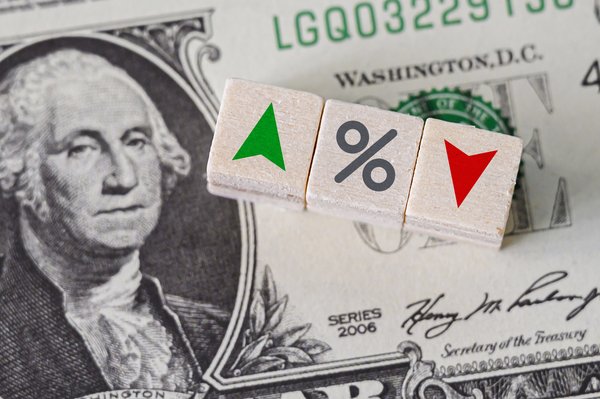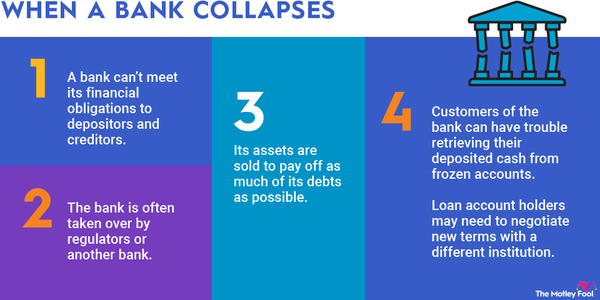There are two types of Wall Street analysts who research stocks and provide their opinions of their investment merits. The two categories are known as buy-side and sell-side analysts. Many investors only have experience with sell-side analysts and may not even be aware that there is a difference.
Because buy-side analysts aren't as well-known, we'll explore what they are, what they do, and why they matter to investors like you and me.
Definition
What is a buy-side analyst?
Most of the analysts you see on the investment news shows on TV and hear about in the context of everyday investing are sell-side analysts. For example, if you hear that an analyst from JPMorgan Chase (JPM 1.15%) increased their price target on Apple (AAPL 0.02%) and upgraded the stock to a buy, that’s an example of a sell-side analyst.
While there is more to the story, here's a key difference. Sell-side analysts work for companies that sell financial services. These can be investment banks, wealth management firms, and other financial-industry companies.
On the other hand, buy-side analysts work for companies that buy stocks for their clients or with their firm's own capital. Instead of producing analysis and ratings for the consumption of individual and institutional investors, buy-side analysts determine the best stocks for their own firms to buy. They often use reports produced by sell-side analysts in conjunction with their own research to form opinions.
Why they are important
Why are buy-side analysts important in investing?
Buy-side analysts are most important to investors who put their money to work in actively managed investment funds. This can mean hedge funds, but can also refer to private equity funds, actively managed mutual funds, and more. Buy-side analysts are also often employed by pension funds, trusts, and family offices.
They may be responsible for making purchases in their clients' or firms' accounts, or they might have an investment team they direct to act on their analysis. But the important thing to know is that their research and investment recommendations are intended for the sole benefit of the firm or client that employs them, not for the benefit of individual investors or third-party financial professionals like sell-side analysts is intended.
How can investors benefit?
How can investors benefit from buy-side analysts?
One important point to know about buy-side analysts is that their work is typically not available to anyone outside of their firm's investment team.
Think of it this way: If you're a buy-side analyst tasked with finding undervalued investments for a hedge fund, and you create a formula that can identify stocks that are likely to outperform the S&P 500 over the next few years, wouldn't you want to keep it a secret, so your fund outperforms the competition?
Related investing topics
Example
Buy-side analysts in the real world
Buy-side analysts use their own knowledge of the stock market and particular companies and industries, along with the available research and analysis from sell-side analysts, to determine the best investment opportunities at any given time. Buy-side analysts might direct trading activity through the firms that produce sell-side analysis reports (which is one of the key points of what sell-side analysts do).
The goal of a buy-side analyst is to find investments for their clients that will deliver superior performance, and they are often compensated based on the performance of their investments. On the other hand, sell-side analysts are typically paid for the research reports they provide, although they can also get bonuses when they recommend successful investments.



